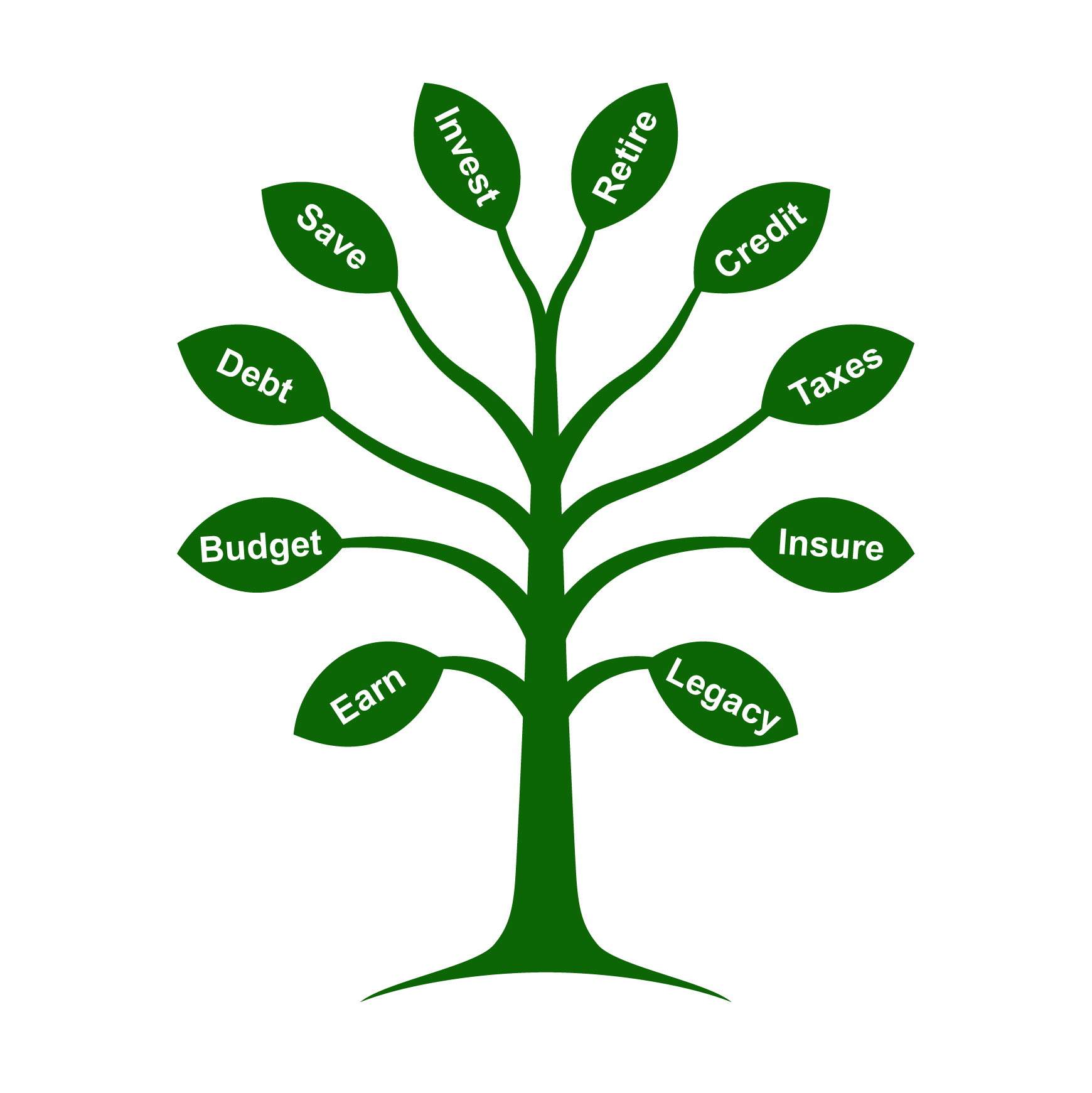Financial Resolutions and How to Make Them Stick

Do you find yourself starting the year with the best of intentions, but losing your way before February rolls around? You’re not alone. Research shows that financial resolutions, like most other New Year’s resolutions, are out the window by the middle of January. And less than one in five people follow through with their goals for the rest of the year.
Nonetheless, each year many of us still make resolutions to do things like lose weight, read more and learn a new skill, often without achieving them. Financial resolutions, such as saving more or getting out of debt, are also common — but they don’t have to remain elusive. If you’re ready to give it another go in 2023, here are three financial resolutions you can make with strategies to help make them stick.
Resolution #1: Prepare for Retirement
Most people have a sufficient number of working years to amass enough money to cover retirement costs. But how much is that? Oftentimes, retirement planning fails because it’s just too vague and too complex to get our head around.
Sticky strategy. First you have to know your number. A financial advisor can assist you with the complex calculations you need to perform that take into account things like taxes and inflation to determine how much you’ll actually need. Then, break your big retirement goal into a series of smaller ones. Having smaller goals allows for more frequent successes, which trigger the release of dopamine into the brain. Dopamine is a neurotransmitter associated with reward and satisfaction — and a key modulator of motivation, helping you to persist in your efforts over time. Some of your intermediate goals, for example, could be to increase retirement contributions every six months or hit specific savings targets.
Resolution #2: Pay Down Debt
Largely due to persistently high inflation, Americans’ credit card and personal debt reached historic levels in 2022. Paying down debt can help increase your financial stability, improve your credit and decrease stress. But it’s often a long-term process that can be challenging to follow through on.
Sticky strategy. Goals without a concrete plan are less likely to stick. Instead of setting a goal to “pay down debt,” be much more specific. Set a clear goal to pay down an exact amount by a certain date and then put aside a set number of dollars each month toward reaching that goal. Detail it out even further by outlining exactly how you’ll get there — whether that means picking up a side hustle or selling items on eBay.
Also, put in place a specific debt paydown strategy. Here are two to consider. 1) With the snowball method, you pay off your debts in order from smallest to largest. Each time you pay off a debt, you roll the amount you were paying toward it into your next smallest debt. This method can help boost motivation because you’ll have more frequent successes early on. 2) With the avalanche method, you start by paying your loan with the highest interest rate first. Once it’s paid off, you transfer that payment into paying down the loan with the second highest interest rate and so on. While this method can take longer to see your first “win,” it saves the most money over the long term.
Resolution #3: Save Money
Having money set aside can help you meet life goals, like starting a business, being prepared for an emergency or buying a home. To save more, you’ll either have to increase your income or reduce your expenses. Saving takes time, though, and it sometimes it can feel like you’re not making much progress — which can lead to giving up entirely.
Sticky strategy. When progress is hard to spot, it’s especially important to track results. Luckily, when it comes to budgeting, there are lots of apps and online tools to make monitoring progress easier. You may be able to use your online banking app or one of many money management apps like Mint and Stash that offer additional features. Even an old-fashioned spreadsheet can help you see when you’ve hit your savings targets. You can create a vision board to bring your savings goals further into focus. And remember to reward yourself for consistent efforts.
Keep at It
The most important part of achieving any resolution is sticking with it — but don’t beat yourself up should you stumble. Have a setback plan from the get-go. It’s important to acknowledge and learn from mistakes, but get back on track right away. Because it’s how you respond to occasional stumbles, not whether you have them or not, that will ultimately determine your success.
So if February rolls around and you’ve overspent or didn’t put enough toward emergency savings, don’t give up on your resolution. You may have hit a little detour, but remind yourself that you’re still on the road to financial wellness.
Sources
https://nypost.com/2018/12/21/new-years-resolutions-last-exactly-this-long/
https://www.investopedia.com/balances-on-credit-cards-personal-loans-grow-6828473


